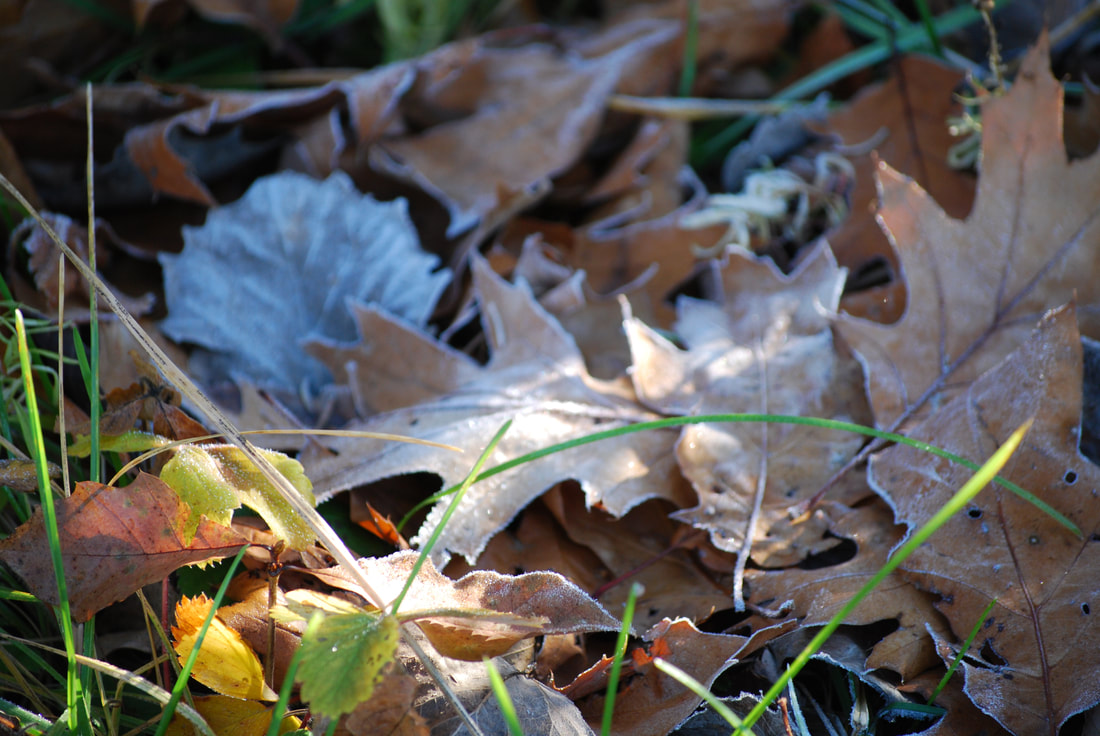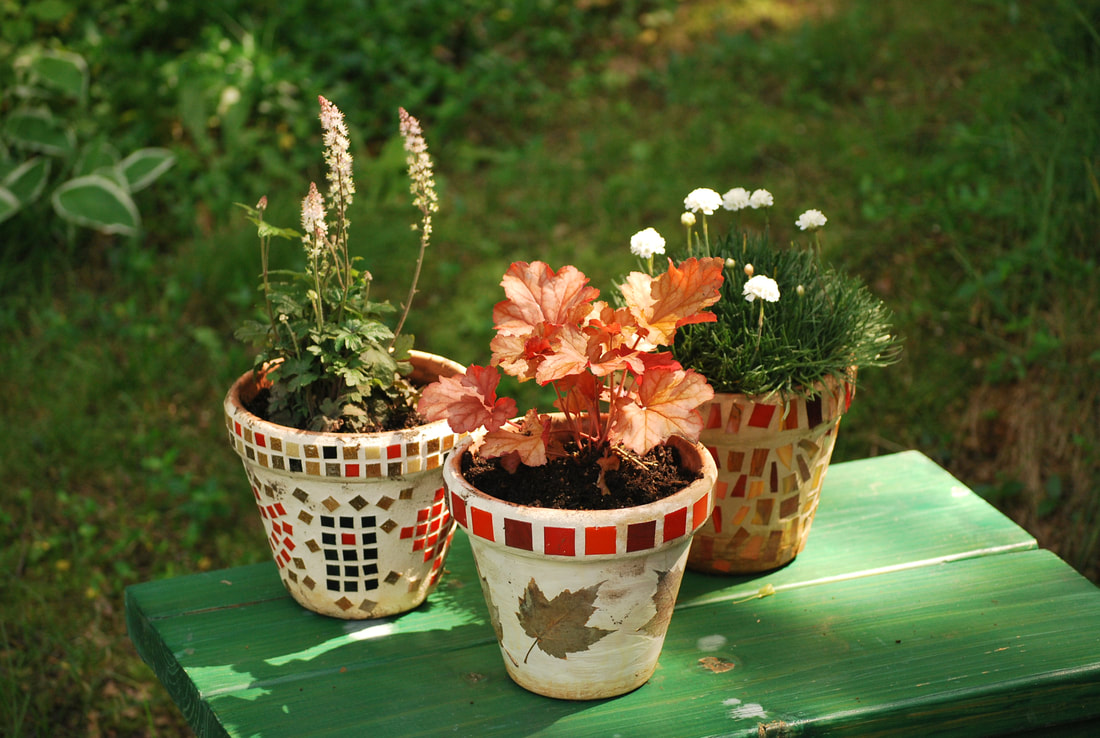Garden Stories
Garden.True.North is about gardening in Zone 4,
sharing thoughts, ideas and tips for all northern gardeners.
sharing thoughts, ideas and tips for all northern gardeners.
|
GRANDMA MINNIE'S BOWL: Every year I bring out a wood bowl for the start of the garden season. Looks homemade with a tomato motif on the inside. It's off kilter and well worn. I love to pile up the seasonal garden treats in it. Now is at the absolute end of the season. I had my last BLT. The garden shed has been turned over and is now the snowmobile garage. So the bowl is officially put away until next season.
0 Comments
It is time to bring in your houseplants from their summer vacation outdoors. This includes any tender plants that you plan to overwinter inside. Many of our houseplants and tender perennials are from the tropics and get stressed when nighttime temperatures dip lower than 50°. I used to scramble the night of the first killing frost to bring these plants inside. It was stressful both for me and my plants.
I now start moving houseplants and tender perennials to shadier spots in the garden around the beginning to mid-September. This gives them time to acclimate to the lower light conditions in our homes. Oh how I wish all things would be this easy! The picture above left is a fresh flower arrangement that I put together on October 1 just before our first frost. The one on the right is what I have on my kitchen island today. What do they have in common?
Elevation 1313 Feet. I live at the confluence of the east and west forks that start the Chippewa River. It flows 180 miles to join the Mississippi River at Lake Pepin that is the widest naturally occurring part of the Mississippi River, located about 60 miles south of Saint Paul and on the border of Wisconsin and Minnesota.
It seems each year there are lessons that nature provides if I’m paying attention and this year was no different. I gained new knowledge in five areas this year.
It’s the middle of October and I just checked the soil temperature. In my garden it is 45 degrees. We had our first hard freeze last night. It’s time to plant bulbs!
Many of us plant tulips and daffodils, but there is so much more that you can plant in the fall. These are generally referred to as bulbous plants. They have bulbs, tubers, rhizomes or corms that swell into a food storage organ enabling the plant to survive when it is dormant.  My fall chore list has become shorter over the years as I have discovered easier methods of dealing with leaves on the lawn with frequent mowing with my mulching lawn mower. Leaves that land in the perennial beds are left there to provide protection over the winter. The only area that I clean up is the vegetable garden by removing dead material after the frost.  Believe it or not – it is almost time to start bringing in your houseplants from the summer vacation outdoors. Don't wait until the first freeze/frost warnings are posted for the fall. Many of our houseplants are from the tropics and get stressed when nighttime temperatures dip lower than 50°. I start by moving the houseplants to shadier spots in the garden around the beginning of September. This gives them time to acclimate to the lower light conditions in our homes. Activities for September
|
Classes*Gardening in Small Spaces, April 30 at 5:00 pm Spooner Library, Spooner Archives
March 2024
Categories
All
|